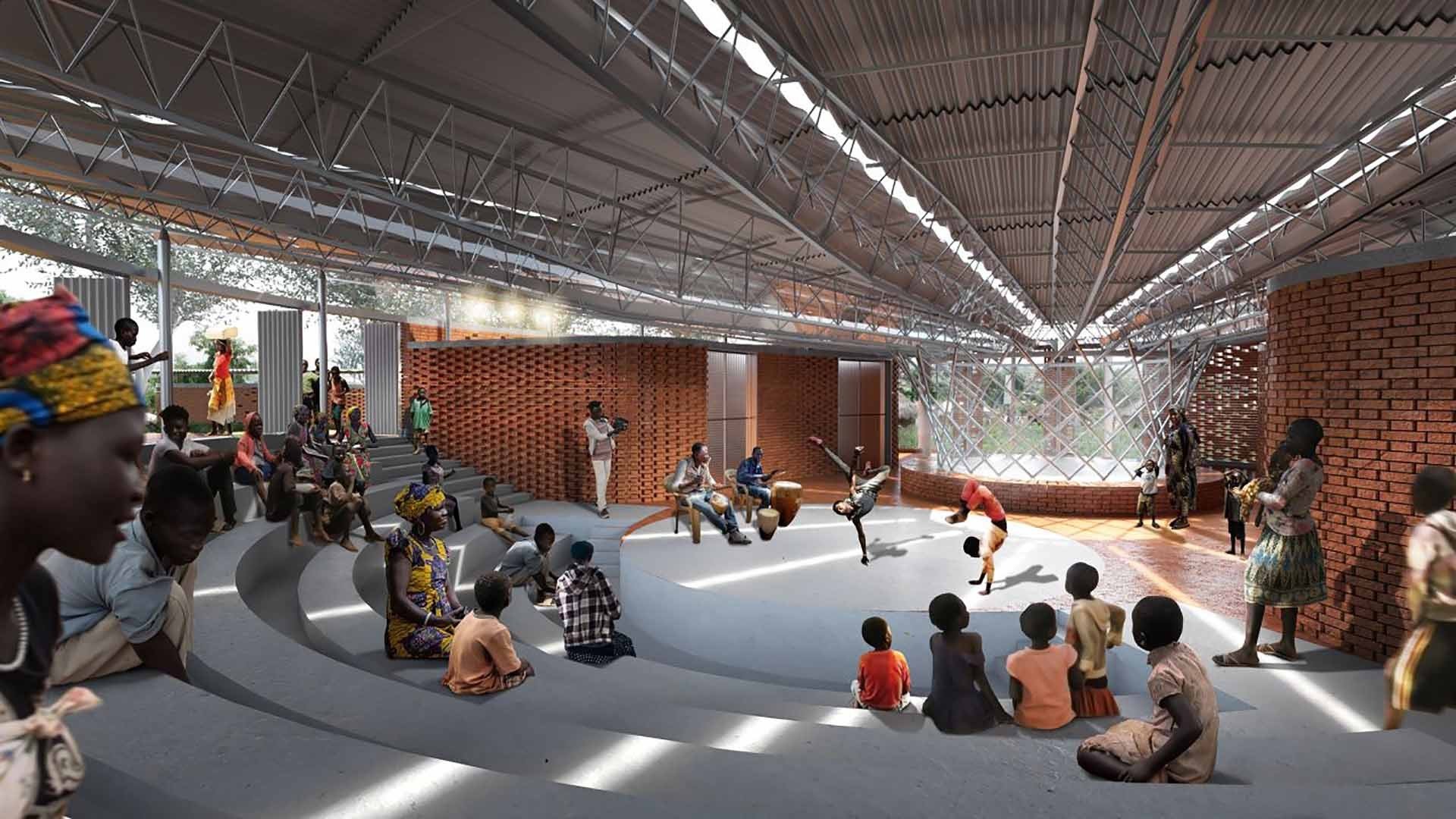 |
| Bidi Bidi offers music and art programs, creating a community space for refugees to exchange cultures. (Source: CNN) |
Since December 2013, when political crisis and violence broke out in South Sudan, not counting the more than 2 million people who had to take refuge in various localities, another 2 million people had to seek refuge in neighboring countries such as Uganda, Ethiopia and Kenya.
According to the United Nations Children's Fund (UNICEF), Uganda hosts the third largest number of refugees in the world, after Turkey and Pakistan, of which nearly 86% are women and children. The refugees face a lack of aid and have to rely on subsistence farming to survive.
Tools of peace and love
According to CNN , over the past seven years, Bidi Bidi has become one of the world's largest refugee settlements, mainly for refugees fleeing the civil war in South Sudan. Notably, this place is preparing to launch the Bidi Bidi Music & Arts Center - the first performing arts space for refugees.
Designed by architecture firm Hassell and LocalWorks (based in Uganda’s capital Kampala), this is a rare, pioneering architectural project dedicated to the arts for the refugee community. The project is currently under construction and is expected to be completed by the end of this year.
According to the drawings, the Bidi Bidi theater will be circular and flooded with light, with an acoustic recording studio and music classroom. The theater’s shiny steel roof will collect rainwater for reuse. A nursery and vegetable garden are being planted outside.
An organization called To.org surveyed Bidi Bidi residents about their spiritual needs. The answer was “a place for dance, music and performance,” said Xavier De Kestelier, design director at Hassell.
“Why are millions of people around the world unable to access creative spaces simply because they have been displaced by conflict, climate change or for any other reason?” asked Nachson Mimran, co-founder and CEO of To.org.
Claiming that “the answer should be no”, Mr. Nachson Mimran argues that, in fact, “music, art, dance and theatre are meaningful forms of therapy for people suffering from post-traumatic stress disorder (PTSD), which is endemic in Bidi Bidi as well as in other refugee camps.”
According to Mawa Zacharia Erezenio, who has lived in the settlement since its inception (in 2016), most of the residents in Bidi Bidi are under 18 years old and have a great need for a common cultural space. “Life in the settlement is not easy,” he confided.
Since arriving, Erezenio has co-founded Sina Loketa, a non-profit organization that organizes music performances for the center, supporting the creative and entrepreneurial endeavors of young refugees.
Erezenio said that one of the challenges he faced when he first started was the simmering tensions between members of different tribes living in the camp, so bringing residents together through art “could help them think about the future instead of fighting with each other.”
“We invite members of the tribes to perform together, to exchange dances that are rich in cultural identity… We see this as a powerful tool to bring peace and love.”
Comparing 2023 to 2016 and 2017, Erezenio said, “there is a big difference.” Sina Loketa’s activities help reduce the “individualism” that he believes is detrimental to the community.
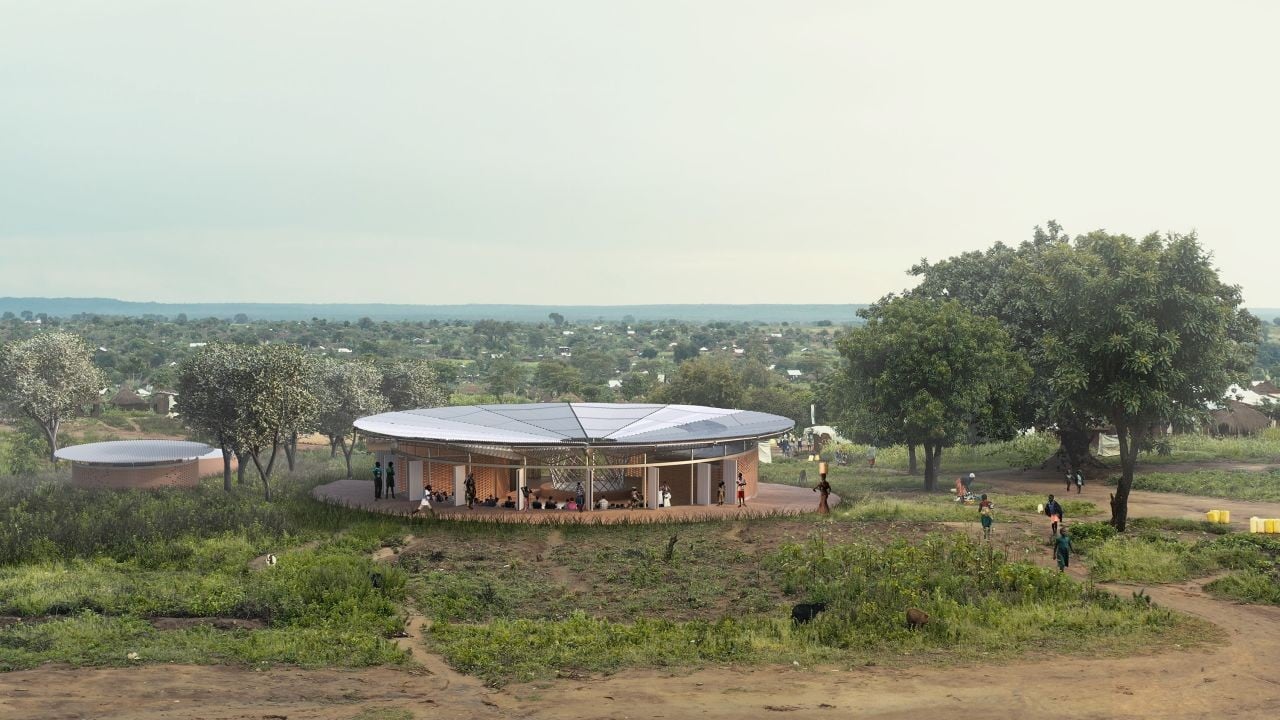 |
| The Music & Arts Centre in the Bidi Bidi settlement is expected to be completed by the end of this year. (Source: CNN) |
Environmentally friendly
In addition to serving as a gathering place for refugees, the new structure needs to be as functional as possible, according to Mr. De Kestelier. The infrastructure serving Bidi Bidi’s dense population is poor, lacking clean water and a stable electricity supply.
To reduce electricity usage, the architects calculated to take advantage of sunlight penetrating the building through holes in the walls and skylights. The building's water supply does not require pumps, but instead rainwater and well water sponsored by humanitarian organizations, flowing through an automatic plumbing system, providing clean water for the settlers.
“The rainwater flows down the slope of the roof and is collected and stored in a large tank where people can take it for use because clean water is a big issue,” said Mr. De Kestelier. “We wanted to make sure that when we built the roof of the theater, we would collect a lot of rainwater.”
The construction team avoided using materials that could have an impact on the environment, he said. They chose prefabricated steel roofs, manufactured in Kampala, to avoid relying on local timber. They chose hand-pressed bricks made from local soil instead of bricks fired in wood-fired kilns.
In addition to its convenient, economical and sustainable functions, De Kestelier wants Bidi Bidi residents to have their own theater. “People here call it the Mushroom , which is wonderful,” he said enthusiastically. “When people give a building a name, they become more attached to it.”
Erezenio hopes that Bidi Bidi and other settlements will have more projects that give refugees the “tools to succeed” in addition to their housing and living needs.
“The war destroyed all their dreams and passions,” he said, “if we get more help and more funding, we can make a lot of changes.”
Source


![[Photo] General Secretary To Lam attends the 8th Congress of the Central Public Security Party Committee](https://vphoto.vietnam.vn/thumb/1200x675/vietnam/resource/IMAGE/2025/10/4/79fadf490f674dc483794f2d955f6045)

![[Photo] Solemn opening of the 8th Congress of the Central Public Security Party Committee, term 2025-2030](https://vphoto.vietnam.vn/thumb/1200x675/vietnam/resource/IMAGE/2025/10/4/f3b00fb779f44979809441a4dac5c7df)
![[Photo] Bustling Mid-Autumn Festival at the Museum of Ethnology](https://vphoto.vietnam.vn/thumb/1200x675/vietnam/resource/IMAGE/2025/10/4/da8d5927734d4ca58e3eced14bc435a3)


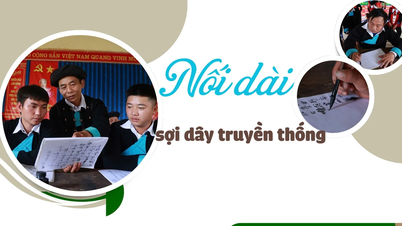

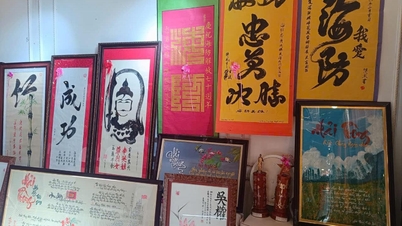

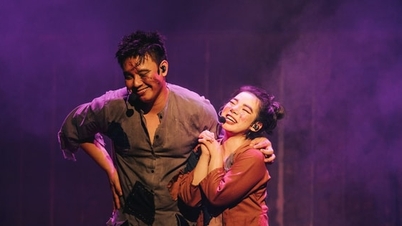

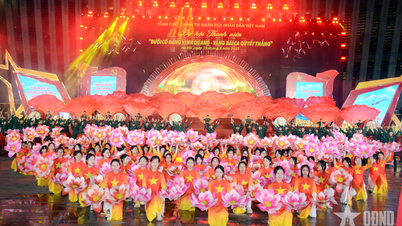



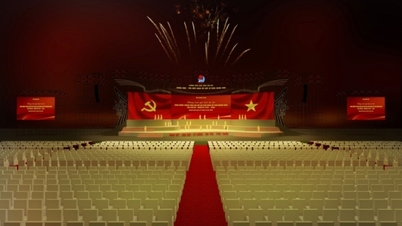

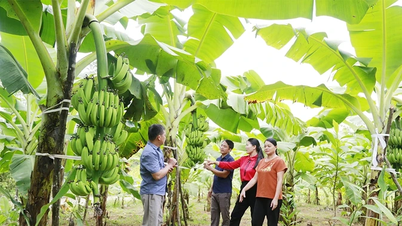

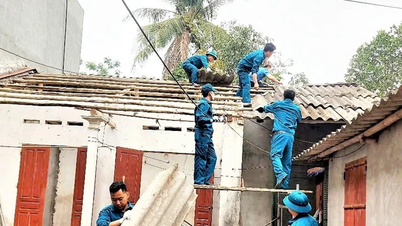
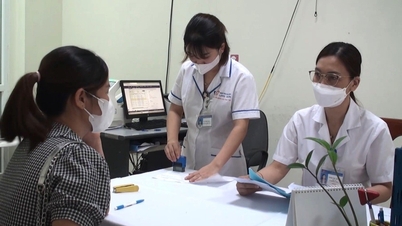

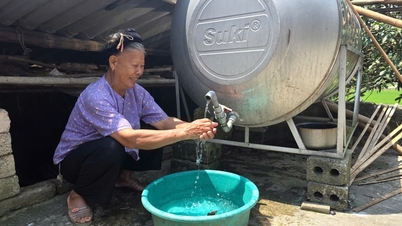

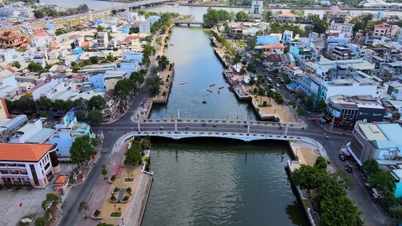

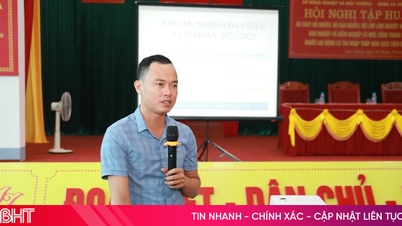





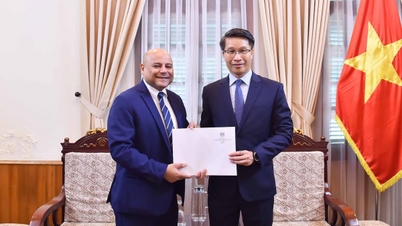

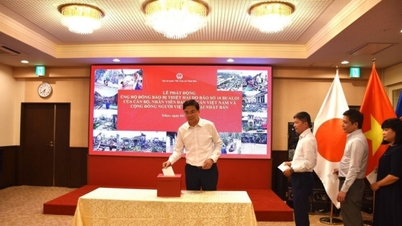
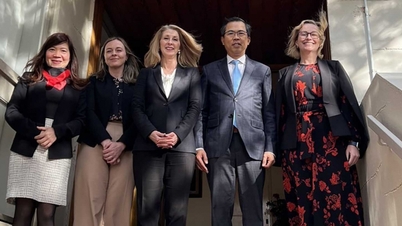
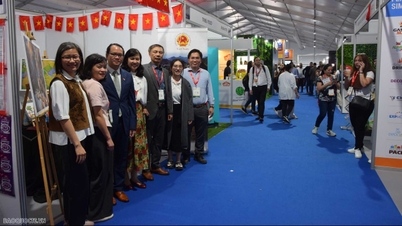
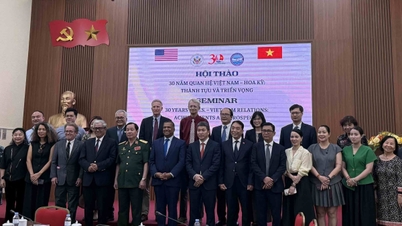

























![[VIDEO] Summary of Petrovietnam's 50th Anniversary Ceremony](https://vphoto.vietnam.vn/thumb/402x226/vietnam/resource/IMAGE/2025/10/4/abe133bdb8114793a16d4fe3e5bd0f12)

![[VIDEO] GENERAL SECRETARY TO LAM AWARDS PETROVIETNAM 8 GOLDEN WORDS: "PIONEER - EXCELLENT - SUSTAINABLE - GLOBAL"](https://vphoto.vietnam.vn/thumb/402x226/vietnam/resource/IMAGE/2025/7/23/c2fdb48863e846cfa9fb8e6ea9cf44e7)















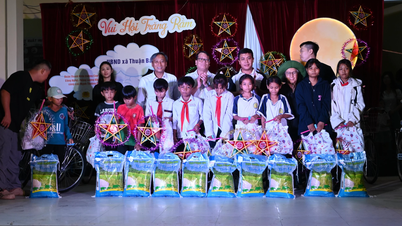

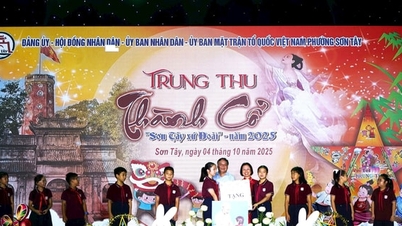
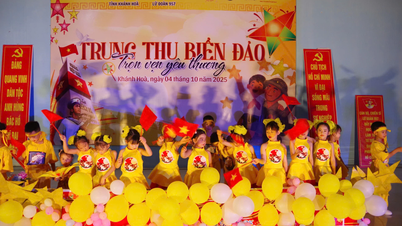
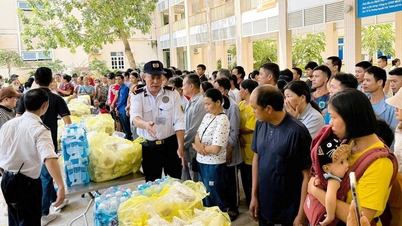

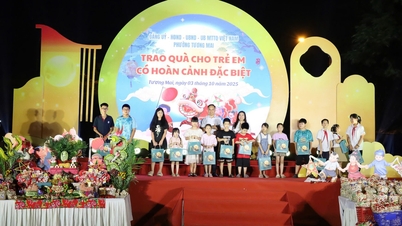
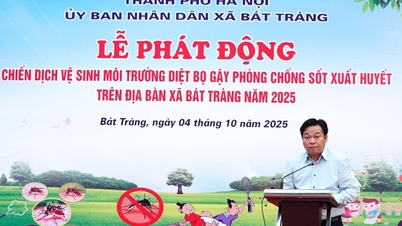








Comment (0)